
At the Saudi Investment Forum, President Trump and Crown Prince Mohammed bin Salman kept the world’s elite waiting three hours, no chairs…while forging a bond behind closed doors.
Inside the gilded Ritz-Carlton hall
MBS : “We gave $600 billion… too much! but for you, worth it”
PRESIDENT TRUMP “If I didn’t like you, I’d get out of here so fast believe me!”
Meanwhile, Elon Musk, seated cross-legged on the floor like the rest of the billionaire crowd, quietly sketched an idea out.
A bromance? A historic partnership? Definitely.
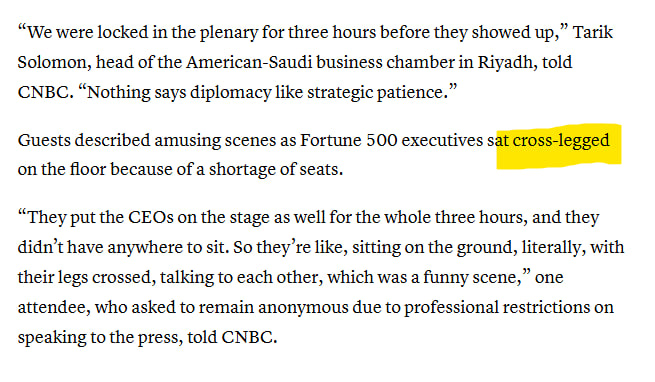

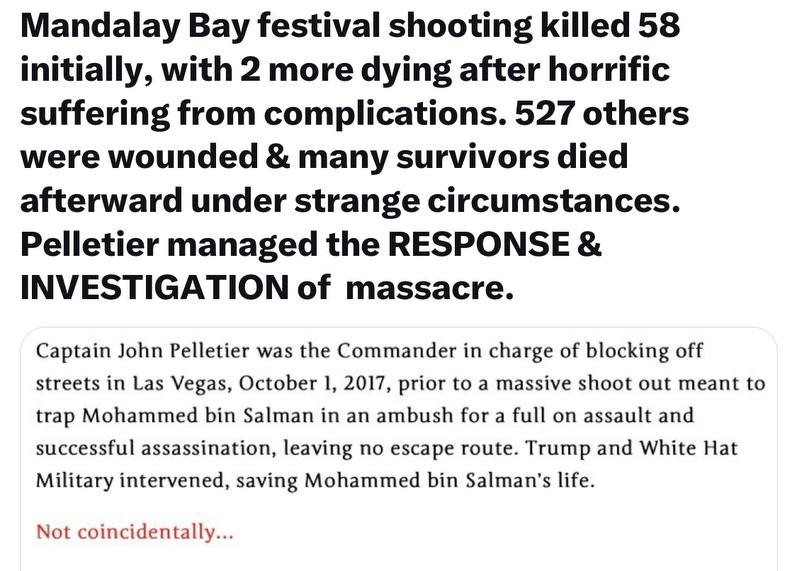


People were saying online President Donald Trump could give him Gaza to clean up. Apparently others thought the same thing
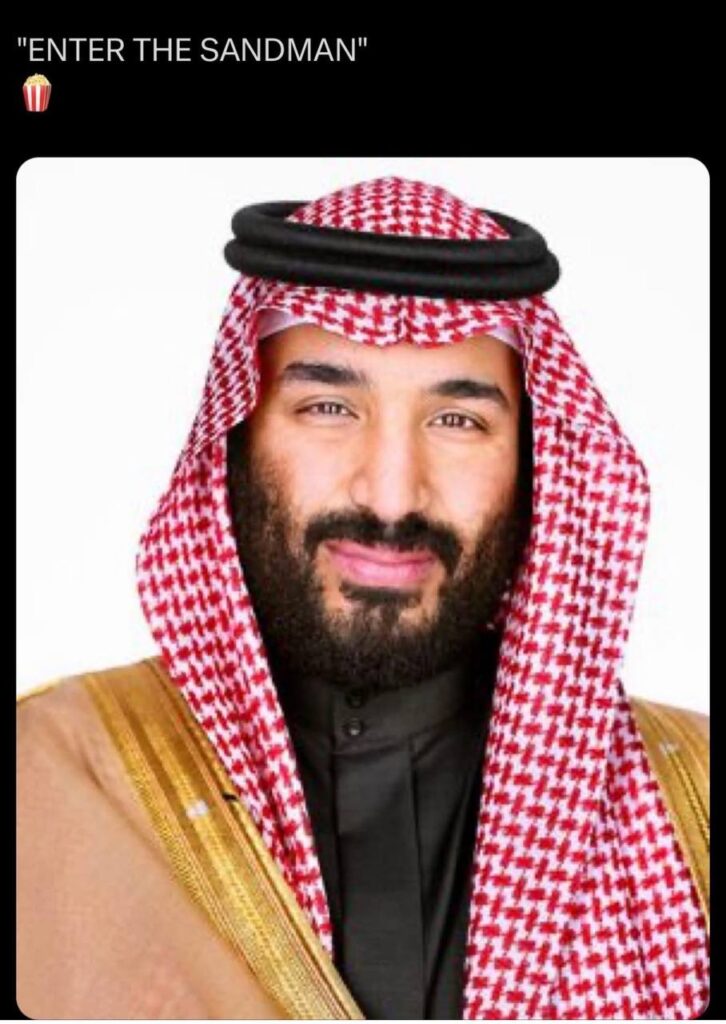
NOTE: MICHA Kaufman from FIVERR said IF YOU DO NOT USE AI YOU WILL BE LEFT BEHIND.

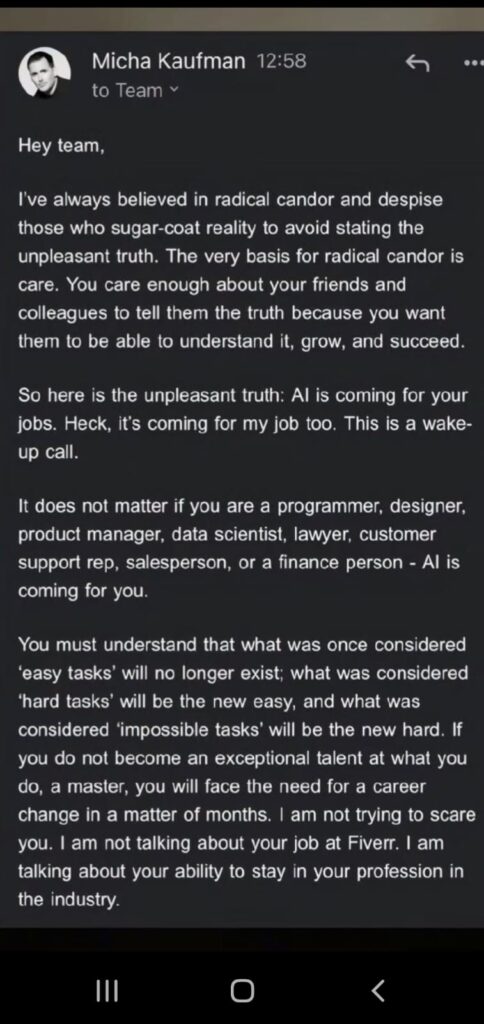

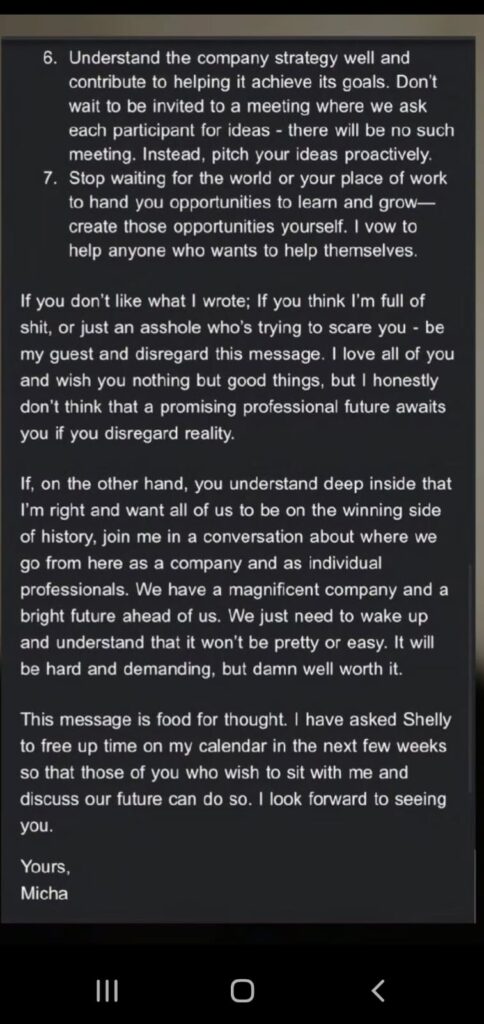
Soooo… I decided I wasn’t going to get left behind!!
I use AI to edit my paragraphs to make sound better. I wouldn’t say that is cheating. But artistic license. You can have it edit your paragraph and then rewrite it in your tone and add edit things. Sometimes I have what I write rewritten in the style of.. Charles Addams for example… and whatever you wrote will be rewritten in his style.
I’ve been drawing political cartoons since 2016, long before AI showed up on the scene. I had my Fiverr account from 2015 drawing editing etc.
Back then, it was all sweat equity. I took classes, hired coaches, bought the books, and learned real techniques like the Reilly method for caricature.
I sketch everything by hand using actual references on photos from the event, not just any image of President Donald Trump or whoever else. If I’m drawing a specific moment, I need that face from that day.
I also need THAT BACKGROUND for THAT day too. I put many things in, from the event also. Can AI do that?
I also build up my own reference libraries. I’ll use AI to find or generate things like “man sitting cross-legged” to help visualize a pose while I draw. Handy? Absolutely. I drew my Justin Trudeau on a unicorn that way. Not his face, but I used the model. You can lightly trace the shapes and then look side by side to see what you want to put in. All art is imitation.
And when the cartoon’s mostly done, I’ll sometimes ask AI for help with the finishing touches, like, “What’s a clever line a cute animal could say that ties this all together?” It’ll spit out ten ideas. Maybe one lands. Sometimes I’ll even ask what symbols might fit thematically, again, it’s hit or miss, but occasionally you strike gold.
But here’s what I’ve learned: AI is not funny. Not reliably.
It can’t write punchlines. It doesn’t get timing. But it is useful for scanning long articles and pulling out wordplay, irony, double meanings.. those little editorial nuggets you might build a whole cartoon around. It won’t hand you a great cartoon. But it might help you see the one hiding in plain sight.
Sometimes it’s useless. Sometimes it’s the spark you need.
It’s give and take.
I want to use AI a bit differently: to help design political cartoons.
Here’s the thing, AI is great at scanning articles and picking out irony, double meanings, wordplay, or weird juxtapositions you might miss on a first read.
But… let’s just say it’s not quite perfect.
I explained my cartoon idea as clearly as humanly possible. I gave it characters, the scene, real quotes, the tone, everything.
And this.. this is what it gave me:
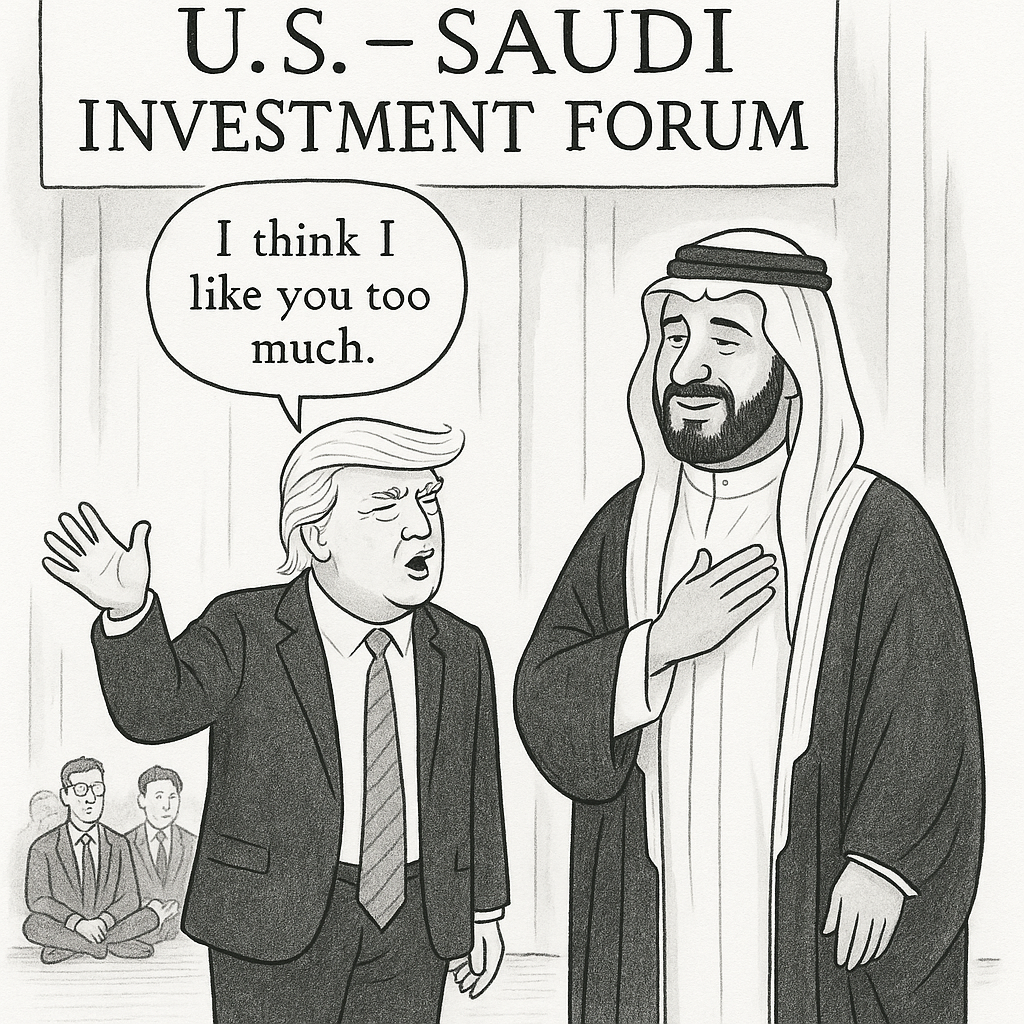
( My next paragraph is RE written by AI in the style of Edgar Allen Poe)
As you behold—yes, as your weary eyes fall upon it—you may find it quaint, with the aloof charm of a New Yorker cartoon. But ah!, what is charm without spirit? The figure of Trump—diminished!—a small man, robbed of stature, stripped of his symbolic heft. And Musk sitting cross legged—O, Musk!—a cipher without spark, bearing no trace of his restless intellect or electric defiance. The caricatures, dear reader, are but hollow vessels. Their souls—missing. And where—where, I ask—is the voice of the Prince? The speech bubble of MBS, lost like a whisper in a crypt. And that grand hall? It is not the Ritz-Carlton of Riyadh, but its shadow—a setting robbed of splendor and specificity.
I am a draughtsman of the old world. I take delight in drawing my political cartoons by hand, the way a monk illuminates scripture—with ink, with reverence, and with obsession. And yet… the Machine has entered the chamber. Artificial Intelligence, my ghostly assistant, sits beside me—sometimes useful, sometimes absurd.
I have asked it, for instance, to summarize PDFs—useful enough. It pulls out the central theme. I can ask the pdf questions. To find the climax for example, or the stress.
Other times, I have used it to conjure reference images—a man sitting cross-legged, a chandelier in a Riyadh ballroom, the exact drape of fabric on a diplomatic cloak. These fragments assist, yes—but they are fragments still. Its never the exact copy.
I never borrow a photo of Trump from another meeting. It must be that meeting. If I’m drawing the Crown Prince at the Ritz-Carlton, I scour for photos of that exact moment—the shape of the collar, the gleam of the lighting, the tightness of the smile. The Machine cannot care for such truth. It gives you a prince in a bathrobe, a president with plastic hair. Using AI to draw your cartoons? MMM not good.
And yet, I persist.
AI has no sense of wit—but it can echo it. If an article contains wordplay, like a journalist describing Elon Musk as “an accidental diplomat,” AI may highlight that phrase, allowing me to imagine him sketching blueprints for peace on the floor. If it detects irony—such as a quote from an official calling a hostile negotiation “warm and productive”—it hands me the seed of a punchline. It can find those things easy.
I once asked it, after finishing a cartoon, “If I throw a cute animal into this, what might it say that fits?” It gave me ten responses. Nine were dreadful. But one—just one—may work.
Still, I cannot trust it. I tried to let AI design an entire cartoon. I described the scene perfectly. It gave me a thing—a thing, not a cartoon. The faces were bland. The proportions, off. The scene lacked feeling, and worse—it lacked intent.
To draw the faces of world leaders—true leaders!—is sacred work. Their brows are battlegrounds. Their wrinkles, history. Only a human hand can hold the weight of such faces. Four hours a day—sometimes more—I search for ideas. I dive into the abyss of articles and transcripts, speeches and headlines, not knowing what will rise. But Yes, AI can help me find the top stories daily. But are they the top stories that Trump would love? You have to have inner knowledge.
If AI can cast even a single spark into that abyss, then I shall welcome it. But the fire—the fire—must be mine.
It may whisper the premise. I must find the jest. And if the cartoon holds no humor, then let it be beautiful—let it be true. For I do not draw for coin, nor clout, but for love. A love that burns like the lantern of a lighthouse, against a world of fog.
And so I draw on—pen in hand, the phantom whispering at my side—into the future.


There is but one—one soul in all this wide and whirling world—who draws like me. My line, my rhythm, my composition—each stroke carved from hours of study, days of solitude, and years of relentless devotion. You may search the cities and the plains, the cathedrals and the comment sections—you shall not find another.
They say I should aspire to draw like The New Yorker. That clinical, hushed whisper of wit. That beige tapestry of safe sarcasm. That dainty ghost of the 1950s, preserved in monochrome amber. But I tell you: were I to draw like that, I would perish—not from pain, nor failure, but from boredom. A death by yawning. A slow fading of the fire.
Theirs is a polite chuckle in a museum hallway. Mine is a scream of ink across the walls of the present. A declaration. A duel.
And then there are the memes—those swiftly stitched collages of sarcasm and font. So easy to make. Cut and paste. Insert text. Filter. Export. They are everywhere. And they are nothing. They are not drawn. They are not born of blood, of hand, of aching back and furrowed brow. They are not loved. They are not crafted. They are disposable winks, drifting down the timeline like confetti after a hollow parade. People forget as fast as they saw it, 10 seconds. An exercise in comedy.
Yet I do not despair. No.
Political cartoonists—we shall return. We are the ones who hold both sword and ink. We are the observers, the scribes of the absurd, the artists of consequence. Our work may sleep in the margins for now, eclipsed by algorithms and GIFs—but it shall not sleep forever. A culture cannot live on speed alone. It hungers for meaning—and for those who dare to draw it.
You cannot digitize the joy of craft. You cannot code the tremble in the hand when sketching a tyrant’s scowl. You cannot replicate the rage behind a perfectly placed eyebrow, the tenderness in a line around the eyes of a beloved leader, the deliberate mischief in a symbolic background.
The soul of art is suffering well channeled. And the soul of political cartooning is laughter forged from truth. That cannot be taken from us. No matter the rise of the machines, no matter the fall of attention spans.
For I know this: when all the memes have faded, when the pixels blur, when the timelines move on—my cartoon remains. Drawn. Composed. Lived in. Alive.
And though there may be millions who use the tools of the present—there is only one who draws like me.
Will memes be in museums of the future? What are the collectors of history, saving?

